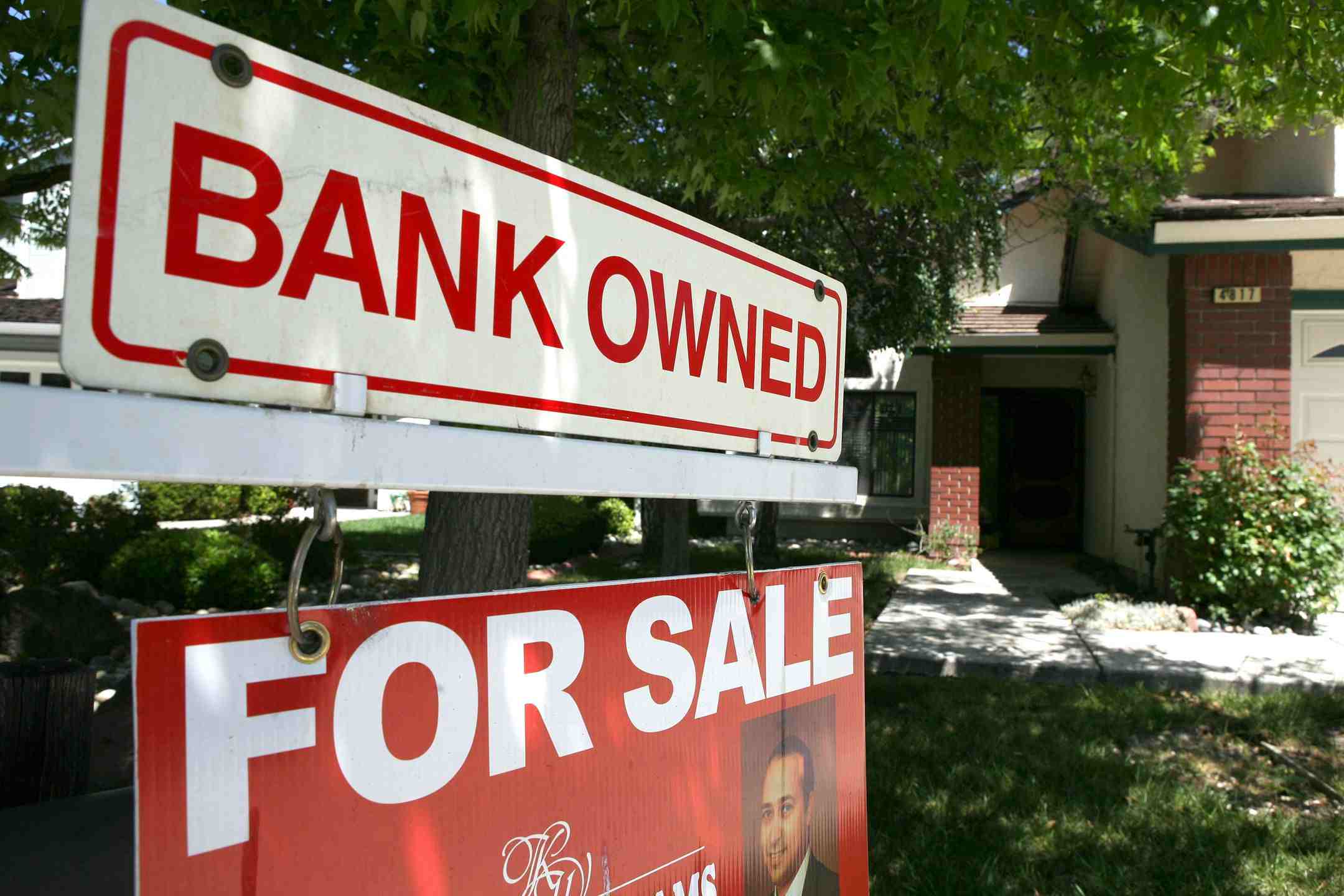A bank walkaway is a situation where the mortgage lender decides to charge off a defaulted loan and cancel a foreclosure action. The lender might do this if they deem that it would cost more money to foreclose and take back the property.
This bank walkaway phenomenon began in earnest in 2009. Detroit and Chicago are the cities with the most bank walkways.
Below are several bank walkway scenarios.
1. The lender begins the foreclosure process, the occupants move out, and the lender later decides to cancel the foreclosure action. The owner assumes that the foreclosure sale occurred. Many months or years later, after the house has been vandalized and lost tremendous value, the municipality informs the owner that they are responsible for the property.

2. The lender decides not to begin foreclosure proceedings. The lender may sell the defaulted note to a collection agency or another bank for pennies on the dollar. Eventually, the collection agency or bank may charge off the loan but not release the lien.
3. The borrower declares bankruptcy, but the lender never files a Proof of Claim or moves to lift the automatic stay. The lien typically remains, but the lender stops trying to collect payments on the loan.
In what is known as a principal extinguishment, the lender agrees to charge off the debt and satisfy the mortgage lien. This is the best scenario for the borrower if their desire is to keep the property.



